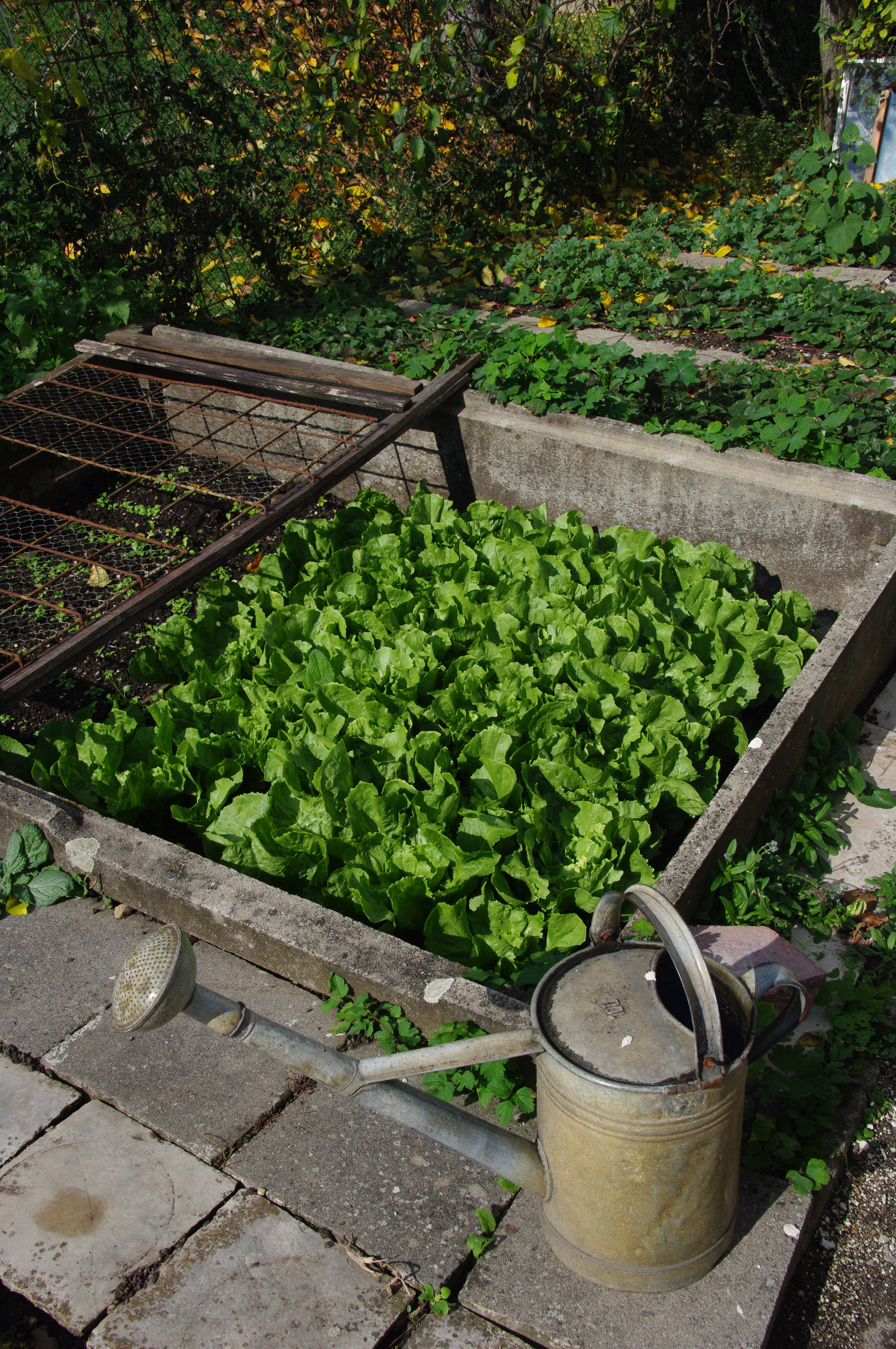Spring is just a hop away, and this year you might want to cut your expenses at the grocery store by growing your own patch of veggies. Or perhaps you’d just like to spend more time outdoors by starting a garden. Regardless of the reasons, it can be done fairly easily. The average person may think growing your own food is difficult, but even the least experienced gardeners can enjoy a bountiful harvest of fresh veggies if they keep it simple. There are several steps to setting up your garden, including finding an area free from other plants, that has the right amount of sunlight and moisture for your garden. Once you have established a space for them, it is almost as simple as just planting, watering, and waiting, since certain fruits, vegetables, and even herbs will flourish with minimal care.
There is a wide variety of foods you can to grow at home. Strawberries are among the easier fruits to grow and can supply a bounty of sweet desserts. They need full sun and watering, but do not require much more care than that. Another starter crop is tomatoes, although if you’re also planting strawberries they need to be spaced away from them. Tomatoes have great adaptability to most climates, and there are many different kinds to experiment with in your own garden. Also, once they start growing, they sure do grow! Another vegetable you can gro to mix in your salads or enjoy eating with a little salt is homegrown cucumbers. They do require more space, however, because their roots will spread out, so give them plenty of room. You could even use them to make your own pickles!
For someone just looking to spice up their cuisine, a home herb garden is quite simple to maintain, and can even be kept indoors with the right supplies. Start with an indoor set up, so you can monitor and experience their growth. There are many different ways you can set up an herb garden – from individual pots to a larger plot with designated slots for each herb. Chives are among the easiest to grow, and can usually be sprouted on a wet paper towel. Once they sprout, they grow easily and uninhibited. Cilantro adds a zest to any dish it is added to, and it too thrives without too much maintenance. Many Italian dishes can be spiced up with homegrown basil, which is actually among one of the more difficult herbs to grow, so wait until you’re comfortable with gardening before giving basil a try.
Once the garden is producing harvests, the produce section at the store will become obsolete. Additionally, you may find that you are having more and more guests over when you serve your meals. Choose the right crops, and gardening will be a fun and rewarding activity that you can enjoy and share with others.
